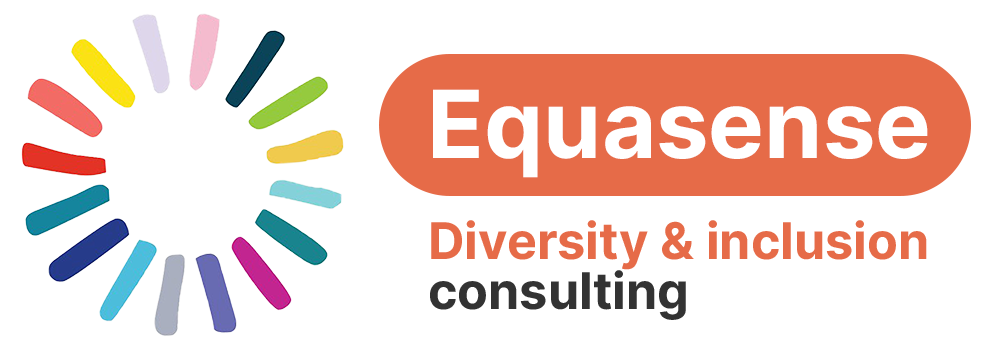If I say I’m about to show you some EDI data, what do you think you are about to see?
If you had an image of numbers of women or numbers of Black employees in your organisation, in other words, some data about representation, you wouldn’t be alone. Most organisations start here. Which is fine, as long as that’s not where organisations end! Equality, diversity and inclusion data that is useful for driving change needs to be much broader than this, and fittingly, much more diverse.
Sometimes people describe EDI data as quantitative or qualitative. Or numbers and words. Both of those descriptions only describe the form that the data takes, not what the data describes. So I prefer to consider two broad categories of EDI data:
- “Representation” – who you have in your organisation, where they are, and what they are doing.
2. “Experience” – How those people are experiencing your organisation including culture, behaviour and policies.
Type 1 data – the who data – is typically how we measure diversity. Some people think this is the easy thing to measure, and we are nudged as to what to collect and report by the idea of compliance with the Equality Act 2010 (UK) and it’s protected characteristics. It may be easier to collect than type 2 data, but it does rely on people declaring whatever “demographics”/”identities”/ “labels” you ask for, and it rarely (on its own) tells you why the numbers are the way they are or how to make changes happen if you need to.
If you take Type 1 data to the next level, you’ll look at representation within processes such as different stages of recruitment, reward and recognition processes, access to learning and development. Some of this next level data might start to explain your staff representation, but it more than likely will raise more questions than it delivers answers. This type of data starts to give us indicators of equity or equality.
So, that brings us to Type 2 data, the experience data. This is where the inclusion data and the data that will allow you to make meaningful change lies. But everyone has their own personal definition of inclusion – what does it mean to you to feel included?
The only way to collect the experience data is to ask people. Here are my tips for gathering experience data:
- Use a mix of methods including surveys, focus groups, 1-2-1s, anonymous online whiteboards, suggestion boxes – whatever works for your setting and employees.
- Ask everyone, not just particular groups
- Ask regularly (because things change quickly)
- Ask with an open mind as to what you will find
- Ask about experience of positive and negative behaviours.
- Ask inclusion specific questions about psychological safety (to challenge, ask for help and make mistakes), about trust, fairness of treatment, about how differences are valued and respected, and about decision making and voice.
You will likely end up with both quantitative and qualitative data that can be used to piece together a picture of the inclusive (or otherwise) culture in your organisation and pinpoint areas for change, and may help explain your representation data.
To be able to use this “experience” data to check for systemic inequity for different groups, you will need demographics / identities or labels alongside this data, even if you have collected the survey data anonymously. That could mean going beyond the first level EDI diagnostics of ethnicity, gender, age, disability, and including descriptions like “carer”, “social class”, “commuter”, “part-time” etc. By asking whether people were caring for children or for other family members, I helped one organisation uncover and address a bias where caring for children was supported, but elder-care was not and staff were feeling excluded from initiatives to support caring.
A final thought – while labels are useful for data analysis and interpretation, never forget that our data points are humans, and every human, whatever their labels, has a unique identity and experience.


Recent Comments